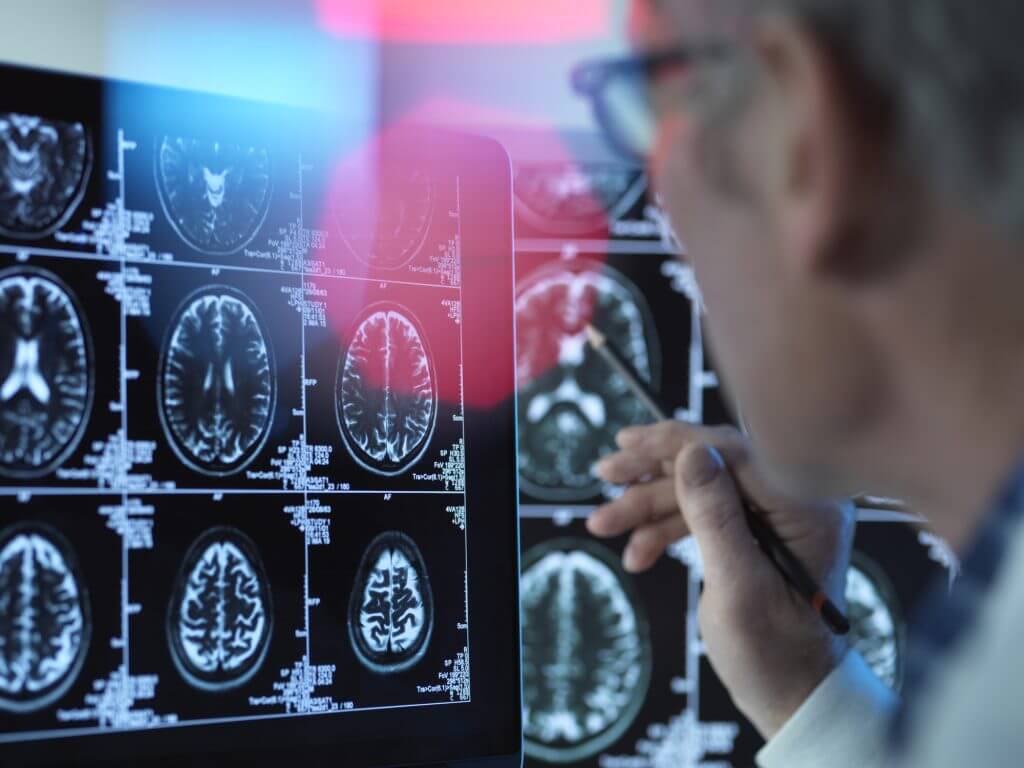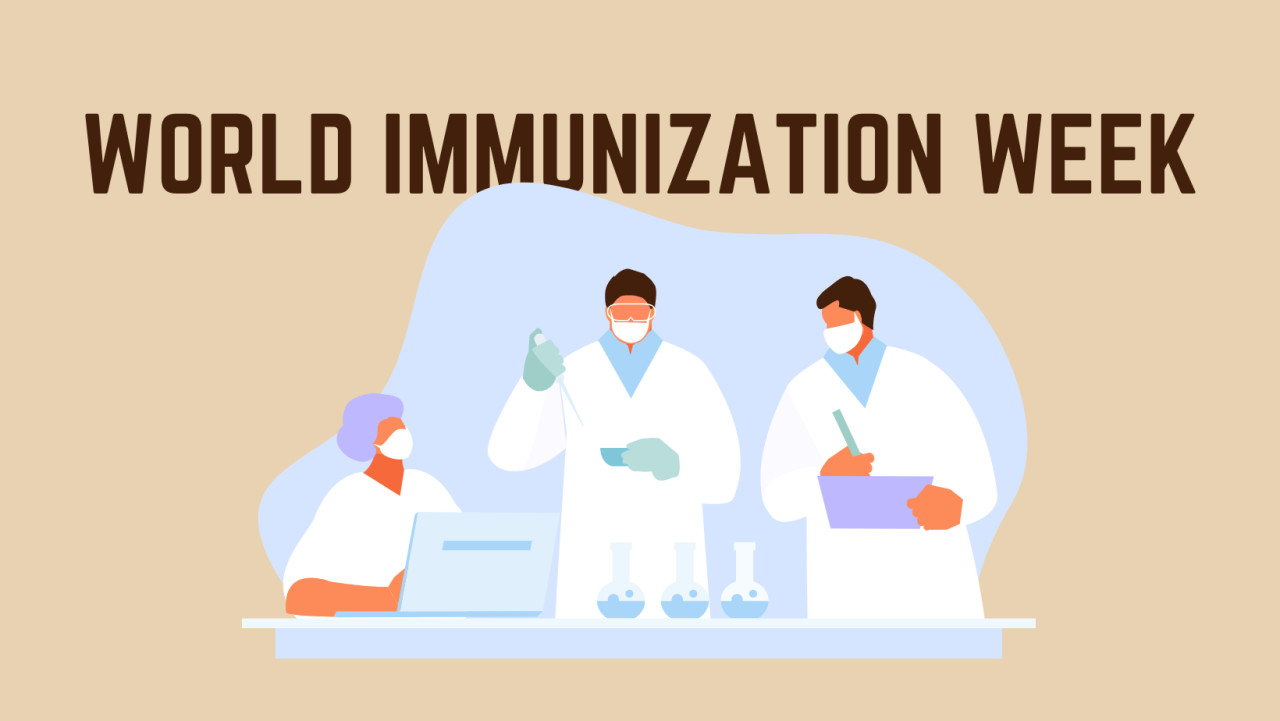Vascular changes in brain linked to Alzheimer's disease: Research
Fri 28 Jun 2024, 00:07:35

Researchers at Mayo Clinic and their colleagues have identified specific molecular indicators of blood-brain barrier dysfunction in Alzheimer's disease. This discovery, published in Nature Communications, could pave the way for new strategies in diagnosing and treating the condition. The blood-brain barrier, crucial for protecting and nourishing the brain by regulating substances in the bloodstream, becomes compromised in Alzheimer's disease, allowing harmful chemicals to affect the brain.
"These signatures have high potential to become novel biomarkers that capture brain changes in Alzheimer's disease," said senior author Nilufer Ertekin-Taner, MD, PhD, chair of the Department of Neuroscience at Mayo Clinic and leader of the Genetics of Alzheimer's Disease and Endophenotypes Laboratory at Mayo Clinic in Florida.
The research team examined human brain tissue from the Mayo Clinic Brain Bank, along with published datasets and brain tissue samples from other institutions. They studied a group comprising 12 patients diagnosed with Alzheimer's disease and another 12 healthy individuals without confirmed Alzheimer's disease.
The researchers utilised tissue donated by all participants for scientific purposes. By combining these samples with external datasets, the team examined thousands of cells across over six brain regions. This study stands out as one of the most comprehensive investigations of the blood-brain
barrier in Alzheimer's disease conducted to date.
barrier in Alzheimer's disease conducted to date.
They studied brain vascular cells, a minority among brain cell types, to investigate molecular alterations linked to Alzheimer's disease. Specifically, they examined two types of cells crucial for maintaining the blood-brain barrier: pericytes, which regulate brain blood vessel integrity, and their supportive astrocytes, to understand their interactions and potential implications.
Researchers discovered that samples from Alzheimer's disease patients showed changed communication between these cells, influenced by two molecules: VEGFA, which promotes blood vessel growth, and SMAD3, crucial for cellular responses to the environment. Using cellular and zebrafish models, they confirmed that higher VEGFA levels result in reduced SMAD3 levels in the brain.
The team used stem cells from blood and skin samples of the Alzheimer's disease patient donors and those in the control group. They treated the cells with VEGFA to see how it affected SMAD3 levels and overall vascular health. The VEGFA treatment caused a decline in SMAD3 levels in brain pericytes, indicating an interaction between these molecules.
Donors with higher blood SMAD3 levels had less vascular damage and better Alzheimer's disease-related outcomes, according to the researchers. The team says more research is needed to determine how SMAD3 levels in the brain impact SMAD3 levels in the blood.
No Comments For This Post, Be first to write a Comment.
Most viewed from Health
AIMIM News
Latest Urdu News
Most Viewed
May 26, 2020
Do you think Canada-India relations will improve under New PM Mark Carney?
Latest Videos View All
Like Us
Home
About Us
Advertise With Us
All Polls
Epaper Archives
Privacy Policy
Contact Us
Download Etemaad App
© 2025 Etemaad Daily News, All Rights Reserved.






























